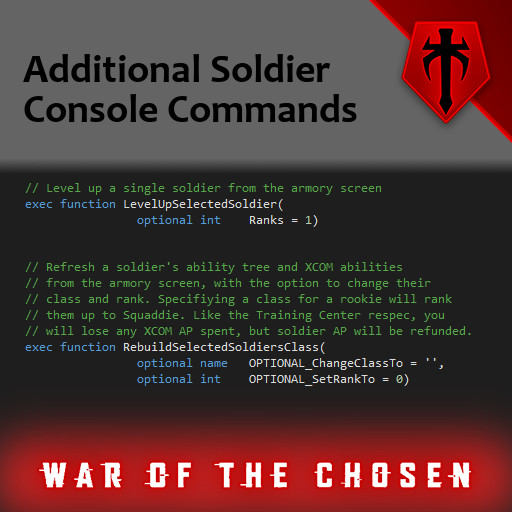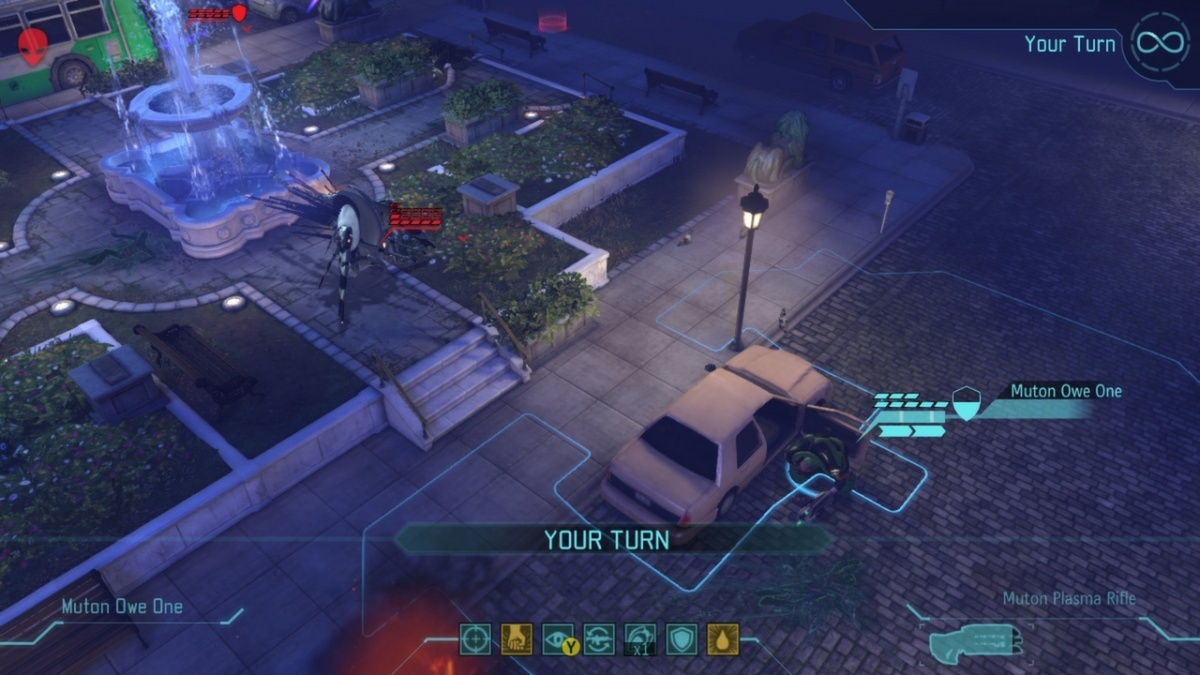

"As avid console players ourselves, we’re excited to work with The Workshop to bring XCOM 2 to all of our fans." "The incredible reception of XCOM 2 has been rewarding and humbling for the team, and we’ve known console fans have been clamoring to play the game too," XCOM 2 creative director Jake Solomon says.

The port will be handled by a relatively new developer called The Workshop, founded by veterans from Call of Duty studio Treyarch. Today that changes, as developer Firaxis is revealing that the sci-fi strategy game will be coming to both the Xbox One and PlayStation 4 on September 6th in North America, and September 9th globally. (That figure does factor in numerous deep Steam sales where it’s sold for as little as five dollars, and its inclusion in HumbleBundles.) Reliable console version sales numbers are difficult to come by, though based on failing to chart in the NPD top 10 retail games for October 2012, it’s safe to speculate that console audiences didn’t flock to XCOM.When the sequel to XCOM: Enemy Unknown launched in February, there was one key difference between it and its predecessor: XCOM 2 was only available on PC, with no console version announced. However, using publicly available Steam data, third-party site SteamSpy unofficially estimates 2.6 million PC copies sold since October of 2012. Running The NumbersDoes this decision make business sense for XCOM’s future? 2K isn’t sharing sales figures for XCOM: Enemy Unknown or Enemy Within, or how sales broke down across the PC and console versions, so it’s impossible to say for sure. And though Firaxis plans to add it in the future, the current plan is to launch without gamepad support. We’ll also see more tactical information (such as detailed explanations of why your chance to hit is increased or decreased) displayed on the tactical interface, since Firaxis can now count on players sitting closer to their PC monitors and being able to read smaller text. “It will certainly be recognizable, but there isn't one UI widget that's the same,” said Solomon. “We talk about ‘What is the experience like on PC? What does the mouse feel like in this experience?’” The most obvious change resulting from those conversations is how the team is optimizing the interface to be mouse-and-keyboard friendly, moving UI elements and grouping them logically so that buttons we’re likely to press one after the other aren’t placed on opposite sides of the screen. ““When we have our meetings, when we talk about stuff, we only talk about PC,” said Solomon.


 0 kommentar(er)
0 kommentar(er)
